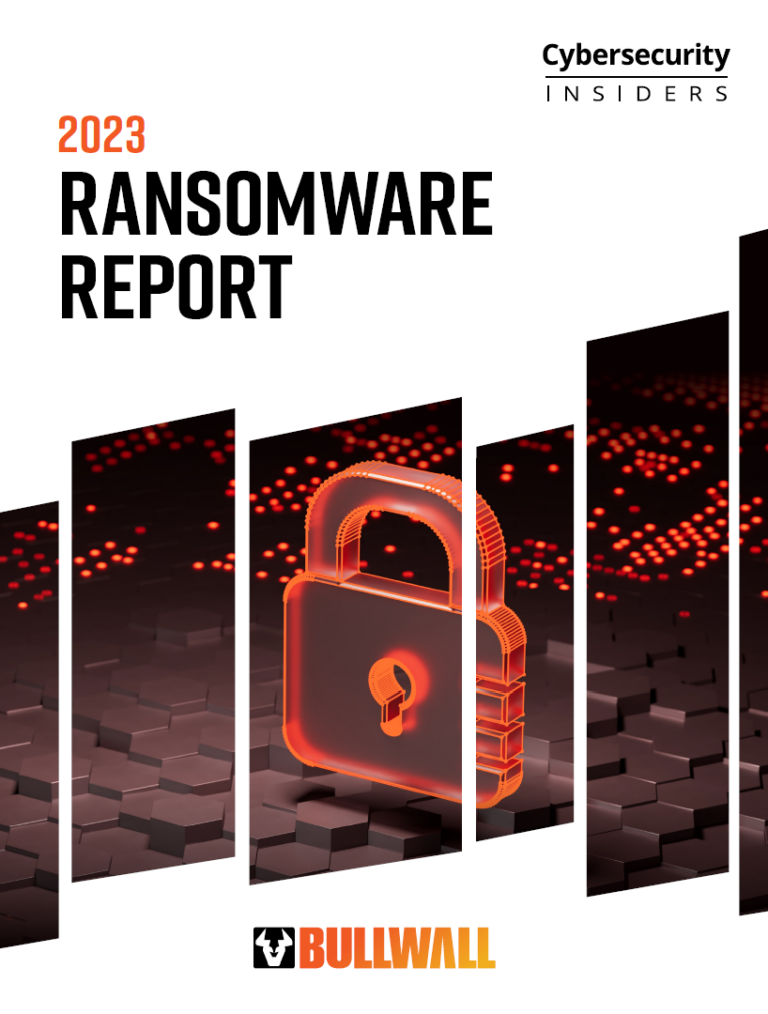In the ever-evolving landscape of ransomware threats, cybersecurity professionals must reassess defense strategies and proactively stay ahead of these menacing cyber-attacks. This 2023 Ransomware Report presents insights gathered from a survey of 435 cybersecurity professionals, shedding light on organizations’ preparedness and approaches to combating ransomware. The report identifies gaps and obstacles that hinder robust security posture, and outlines strategies for prevention and remediation of ransomware attacks.
Key findings from the survey include:
- There is an increased likelihood of ransomware attacks, with 79% of respondents saying
a threat is moderately to extremely likely within the next year. - Despite the high levels of successful ransomware attacks, organizations remain highly confident in their defensive abilities: 40% of respondents are very or extremely confident in their organization’s ability to detect and block threats, while 38% are moderately confident.
- Organizations perceive that customer information (65%), financial data (55%), and employee information (50%) are the data categories most vulnerable to ransomware attacks.
- The most significant negative organizational impacts of ransomware attacks include productivity loss (42%), followed by increased IT security spending (40%) and a significant shift in security strategy towards mitigation (33%).
- Recovery time expectations are optimistic, with 73% of respondents believing they can recover from an attack within a few days. However, other research suggests recovery can take weeks or even months.
- The primary obstacles in enhancing defense strategies are the evolving sophistication of attacks (47%) and budget constraints (45%).
These findings underscore the need to shift from a solely preventive approach, such as relying on EDR, to a more comprehensive strategy that includes swift containment of ongoing attacks. Implementing solutions that can rapidly shut down active attacks enables organizations to limit the inflicted damage, reduce recovery time, and better protect their valuable data and operations.
We thank BullWall for their invaluable support in conducting this essential research. We hope this report will provide informative insights and help you in your ongoing efforts to protect your organization against evolving threats.















